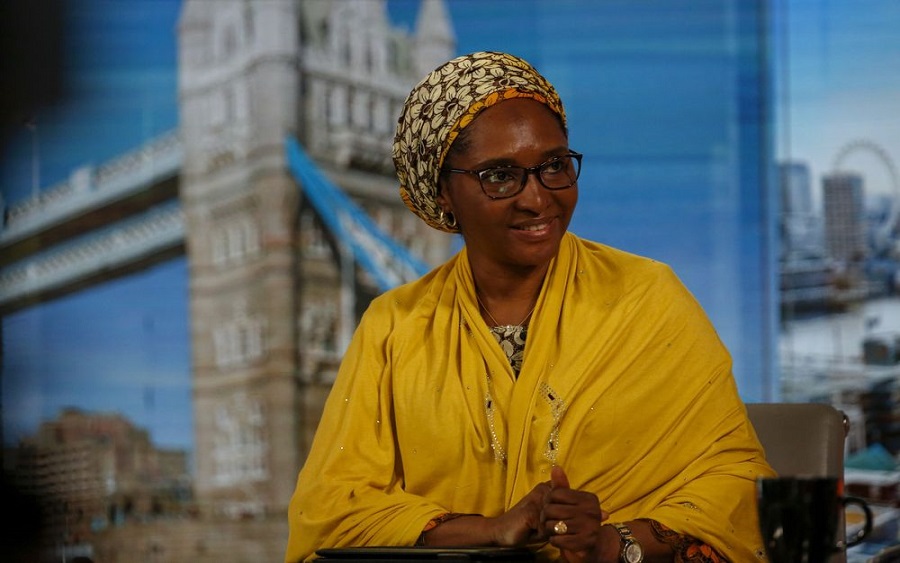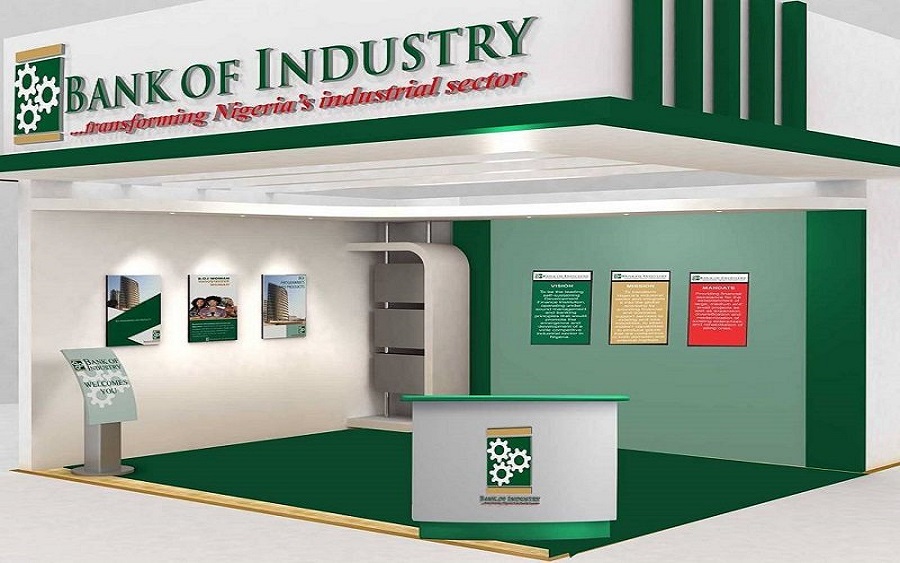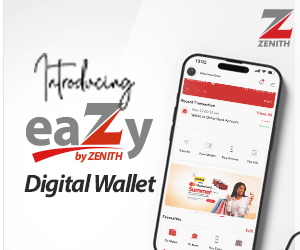Africa is in the middle of a creative renaissance.
Our music is filling stadiums across the globe.
Our films are getting nominated for major international awards.
Our fashion, dance, art, and storytelling are shaping global trends.
But beneath the buzz lies a sobering truth: Africa’s creative growth is happening in spite of its infrastructure, not because of it.
From poor transportation systems to the lack of accessible performance venues, limited tech platforms, insecure event spaces, and weak IP enforcement, Africa’s creative economy is expanding on a shaky foundation.
This isn’t just an artistic problem; it’s an economic one. If we are serious about unlocking the full potential of the creative economy, we must invest — intentionally and urgently — in creative infrastructure.
What is Creative Infrastructure?
Creative infrastructure includes both the physical and intellectual systems that support the creation, distribution, monetization, and preservation of creative work.
On the physical side:
- Safe, modern event venues
- Reliable electricity and broadband internet
- Secure roads and efficient transportation for artists and goods
- Manufacturing and logistics for the fashion and film industries
- Digital platforms owned and operated locally
On the intellectual side:
- IP enforcement laws and systems
- Access to training in digital literacy, rights management, and business development
- Institutions and funding mechanisms that support creative entrepreneurship
Africa’s young, digitally native population has the talent. The demand is there. The market is global. But without infrastructure, talent cannot scale.
The Missed Opportunities We Can No Longer Afford
Too often, our creatives hit international milestones while struggling to organize shows or tours at home. We’re selling out the O2 in London, but battling insecurity, multiple checkpoints, and bad roads at home. It is almost impossible to have a pleasurable road trip. Talented filmmakers and musicians rely on foreign-owned platforms to monetize their content; platforms that often return very little to African pockets.
This pattern mirrors the oil trap: we extract, export, and import the refined product, paying more for what we could have developed ourselves. It’s time to break that cycle.
Why this is an investment opportunity
The global creative economy is estimated to be worth over $2.2 trillion. Africa’s share is growing, yet still under 3%. That gap represents a massive opportunity — not just for governments, but for visionary investors, development partners, and the private sector.
- Invest in venues, and you unlock new revenue streams in ticketing, hospitality, and tourism.
- Invest in tech platforms, and you create homegrown data ecosystems and monetization models.
- Invest in logistics and e-commerce, and you empower fashion and product designers to export efficiently.
- Invest in education and intellectual property, and you enable creatives to protect and scale their ideas.
What Must Happen Now
Africa’s creative sector doesn’t need charity; it needs infrastructure, the kind that supports creatives and gives rise to sustainable industries.
To get there, we need:
- Public-private partnerships that make creative spaces and tech platforms possible
- Policy reform that prioritizes creative infrastructure as economic infrastructure
- Patient capital and blended finance that de-risks creative projects
- Pan-African investment vehicles targeting fashion, film, music, design, and tech
The time to invest is now. The opportunities are tremendous and the rewards enormous.
About the Author
Ekpedeme Ufot is the founder of Creative Money Africa, a platform dedicated to helping African creatives structure, package, and monetize their talent.


















